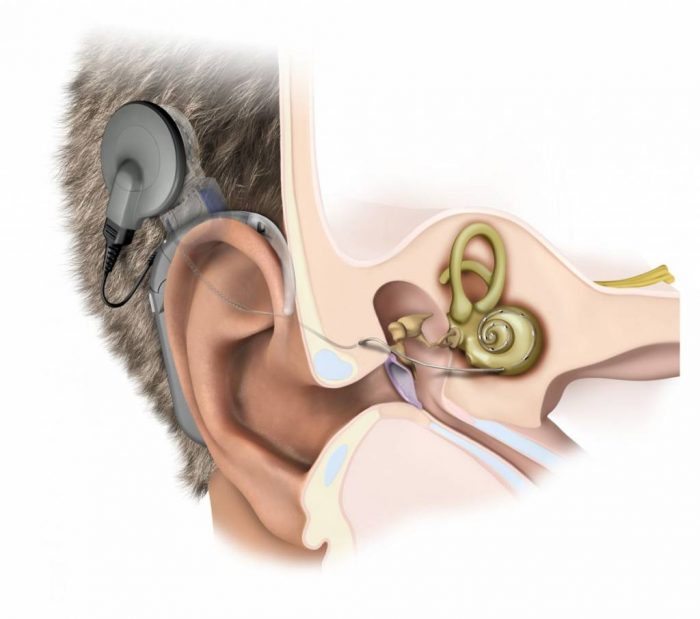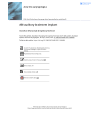

Secondary improvement was seen at psychosocial areas with respect to behavioral and social adjustment as well as eagerness to start communication. Introduction: The auditory brainstem implant (ABI) is a neuroprosthetic device that provides sound sensations to individuals with profound hearing loss who are not candidates for a cochlear implant (CI) because of anatomic constraints. Additional handicaps seemed to slow down progression. The auditory brainstem implant (ABI) was first developed nearly 40 years ago and provides auditory rehabilitation to patients who are deaf and ineligible. On the other hand, language and speech development data were varying among children. The Cochlear Implant was designed to direct sound to the Cochlea when an eardrum is ruptured, or a bone in the ear or other internal parts of the Middle Ear is broken. According to the duration of ABI use and learning skills, patients revealed development from word identification to sentence recognition level in a wide spectrum.ĬONCLUSION: Preliminary results indicate that all children have gained basic auditory perception skills. ABI - Auditory Brainstem Implant When most people suffer from hearing loss, sound amplification is all that is needed to regain the missing sound. RESULTS: All patients gained basic audiological functions and were able to recognize and discriminate sounds by the third month of ABI surgery. Speech intelligibility was categorized with speech intelligibility rating (SIR), and language development was assessed using the Test of Early Language Development-Third Edition (TELD-3) and Manchester Spoken Language Development Scale (MSLD).

Auditory perception was evaluated using the Meaningful Auditory Integration Scale (MAIS), Functioning after Pediatric Cochlear Implantation (FAPCI) instrument, Categories of Auditory Performance (CAP), and Children’s Auditory Perception Skills Test in Turkish (CIAT). Post-meningitis patients and neurofibromatosis type 2 (NF2) patients were excluded.

Inclusion criteria for children in our study are profound, congenital bilateral sensory-neural hearing loss with anomalies (such as cochlear, labyrinthine, and cochlear nerve aplasia) and more than one year of auditory experience with ABI. MATERIALS and METHODS: The data was collected from 41 children who were fitted with ABI between 20. It was a retrospective study, and all patients’ files were reviewed. OBJECTIVE: The aim of this study is to describe the rehabilitative outcomes of pediatric auditory brainstem implant (ABI) users in the Department of Otolaryngology in the Hacettepe University.


 0 kommentar(er)
0 kommentar(er)
